The Four Layers of History Beneath the Basilica of San Clemente
Uncovering 2,000 Years of Rome’s Past, From the Medieval Church to Ancient Roman Ruins
There are few places in Rome that so perfectly encapsulate the layers of history as the Basilica of San Clemente.
With not just one, but four levels of history stacked beneath your feet, a visit to this incredible site takes you on a journey through nearly two millennia of Roman life.
From the stunning Medieval basilica you first step into, down to the ancient Roman ruins far below, San Clemente is a place where history is literally built on top of itself. The current basilica, built in the 12th century, is already a marvel in itself, with its beautifully preserved medieval frescoes and mosaics.
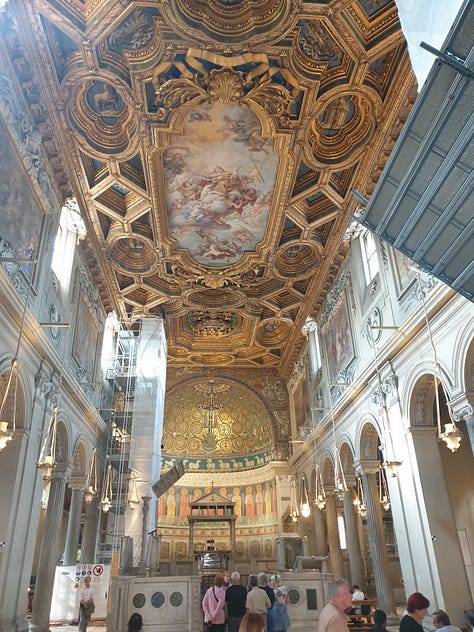
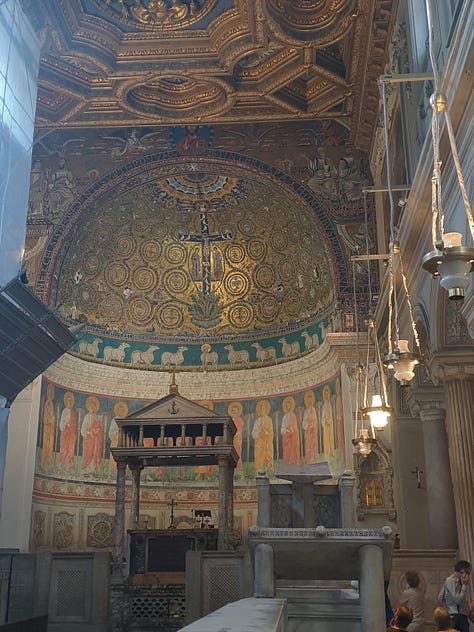
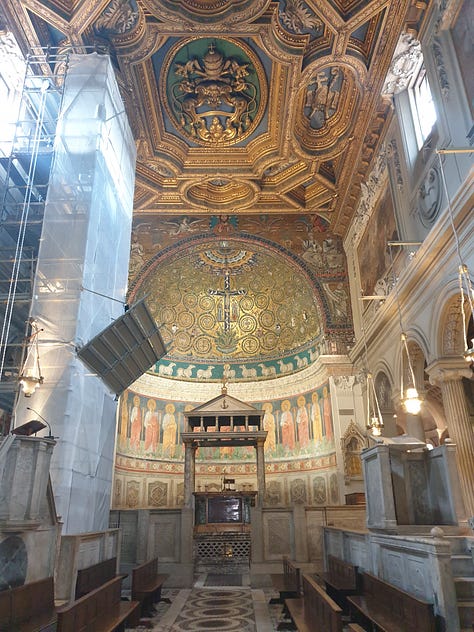
However, the real magic begins when you descend beneath the floor into the 4th-century basilica, a far older Christian site that was constructed within the walls of an even earlier patrician Roman home. As you explore the ruins, you can still make out the layout of the ancient basilica, with its worn stone walls and fading remnants of frescoes.
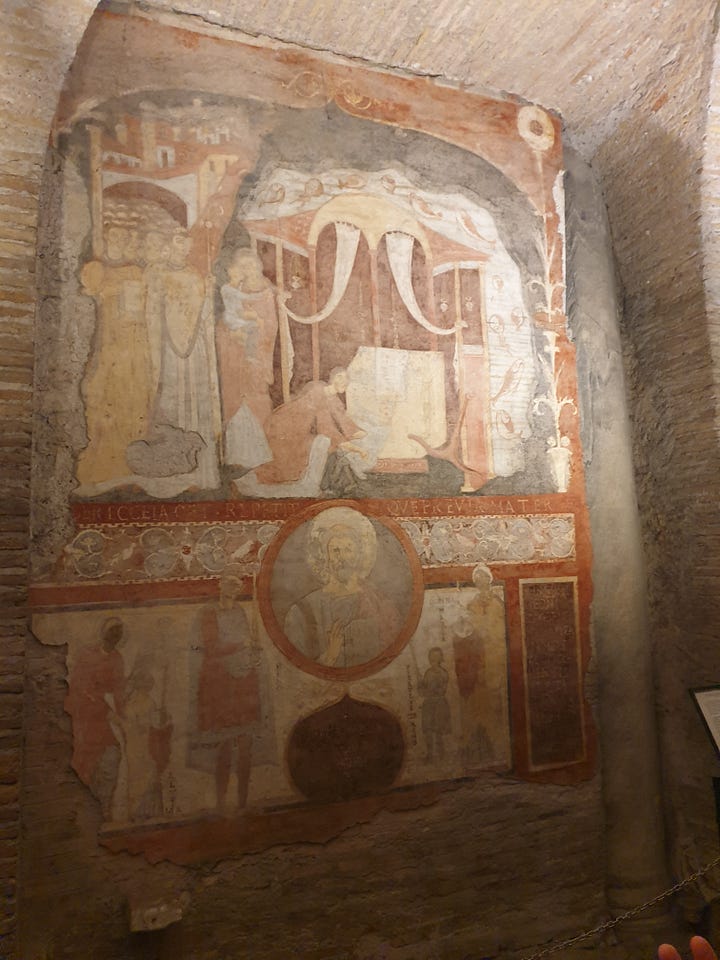
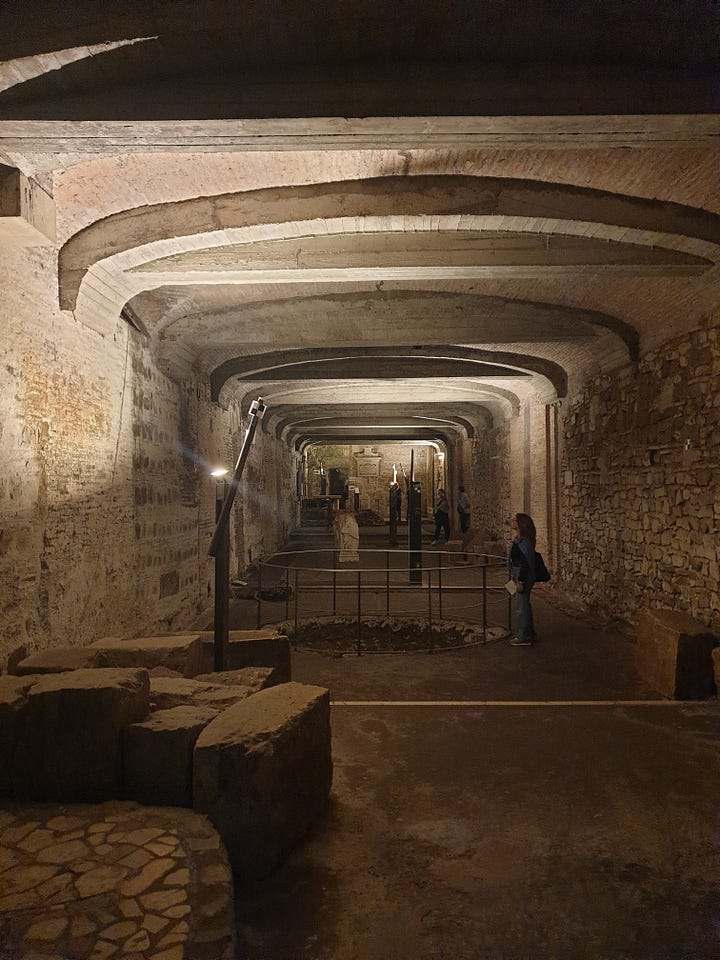
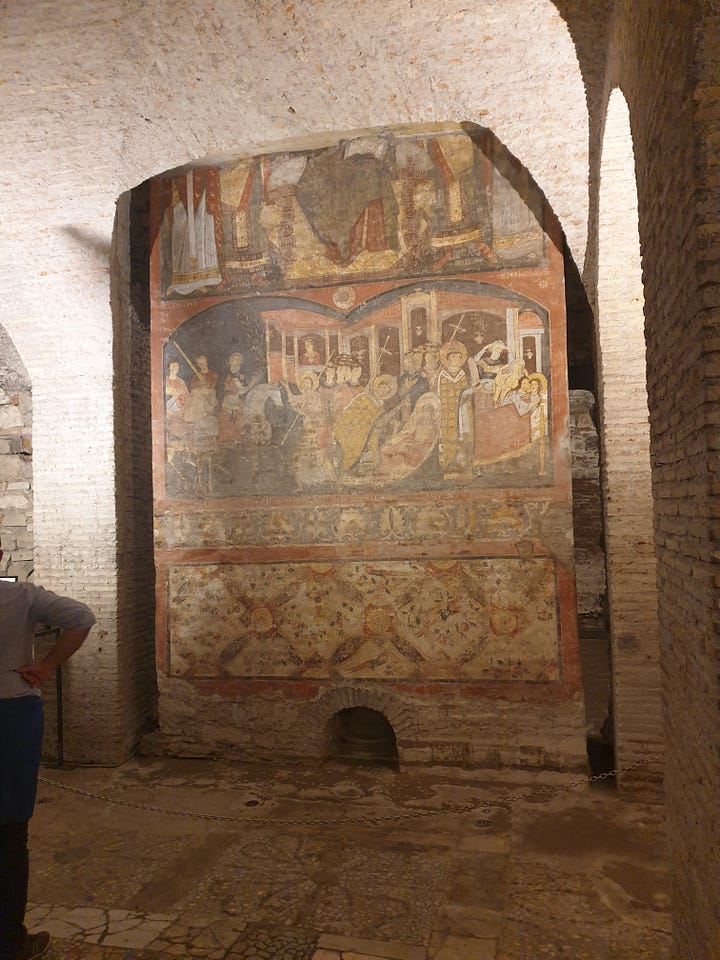
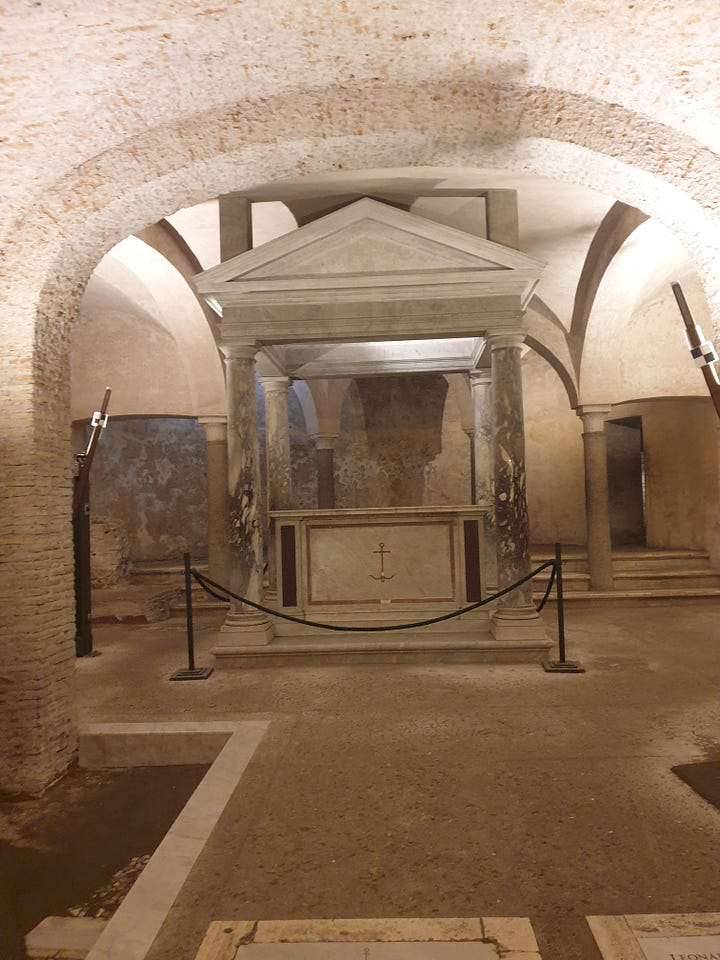
But the journey doesn’t stop there. Beneath the ancient church are the remains of a Roman complex dating back to the post-Neronian period, including a Mithraeum, a temple dedicated to the god Mithras. These underground ruins offer a rare glimpse into the religious life of Rome in the later Imperial era.
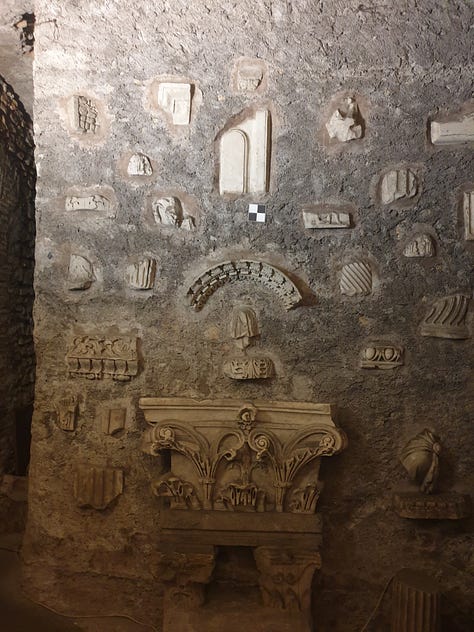
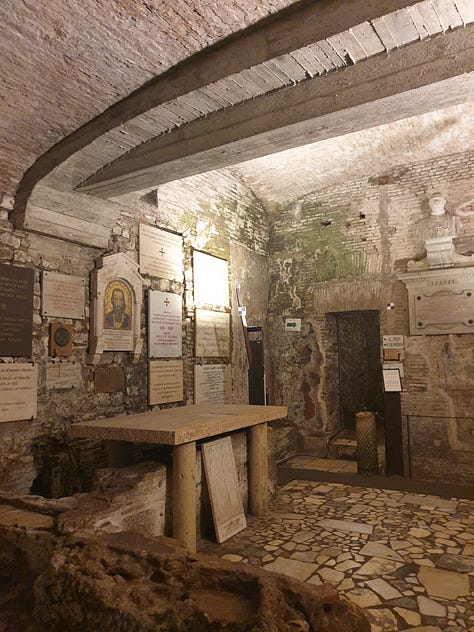
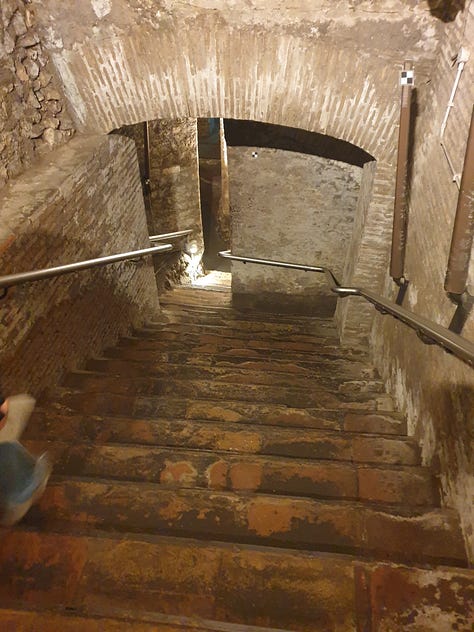
And if that wasn’t enough, there’s yet another level below, where traces of even older Roman buildings from the Republican era are still visible. These ancient ruins, lost to time and buried beneath centuries of construction, add an extra layer of intrigue to the site. It’s incredible to think that all these layers of history — spanning different eras, religions, and uses — are still there, hidden beneath the surface of one basilica.

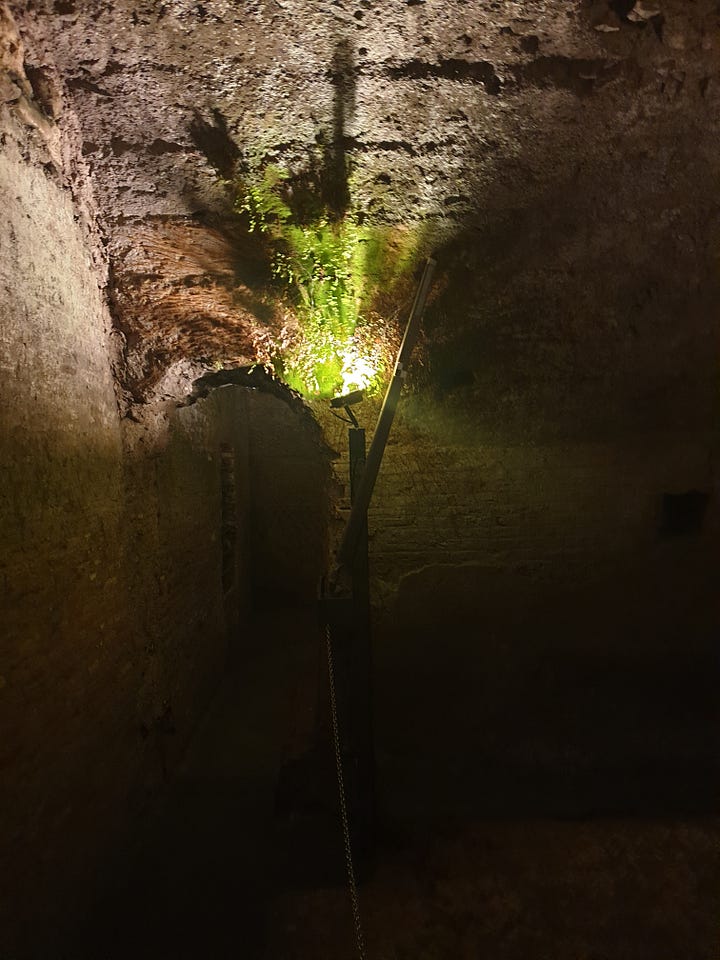
What really struck me during my visit was the sheer size and scale of the underground areas. Starting from the upper church, with its high ceilings and rich decoration, you descend deeper and deeper into the subterranean ruins, each level revealing something new and fascinating. The atmosphere grows more mysterious as you go further down, and you can truly feel the weight of history surrounding you in these ancient chambers. It’s an awe-inspiring experience, reminding you of just how many layers Rome is built upon.
Despite spending so much time wandering through Rome and uncovering its treasures, I’m still amazed by places like San Clemente. It’s incredible to think that a city I thought I knew so well can still surprise me with hidden wonders like this. It just goes to show that Rome is a never-ending source of discovery, no matter how long you’ve lived here.
The Basilica of San Clemente is located at Via Labicana, 95, just a short walk from the Colosseum. It’s easily accessible by foot or by taking metro line B to the Colosseo stop.
If you’re looking for a place that offers not just art and architecture but a true journey through Rome’s layered history, San Clemente should be at the top of your list. Happy exploring!
And as always, if you want to use any of the photos from my visit, please remember to give credit to the author. Happy exploring!






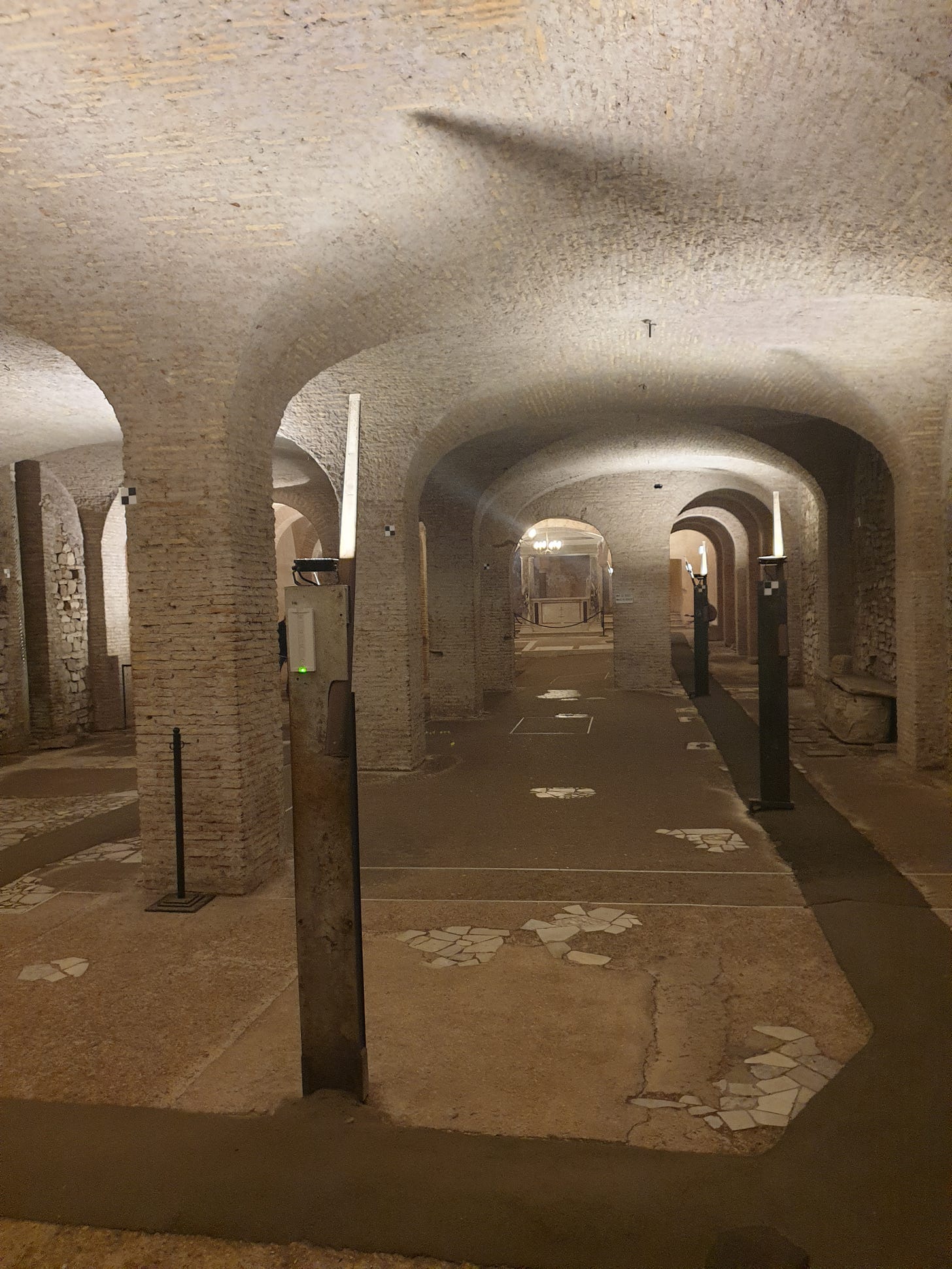
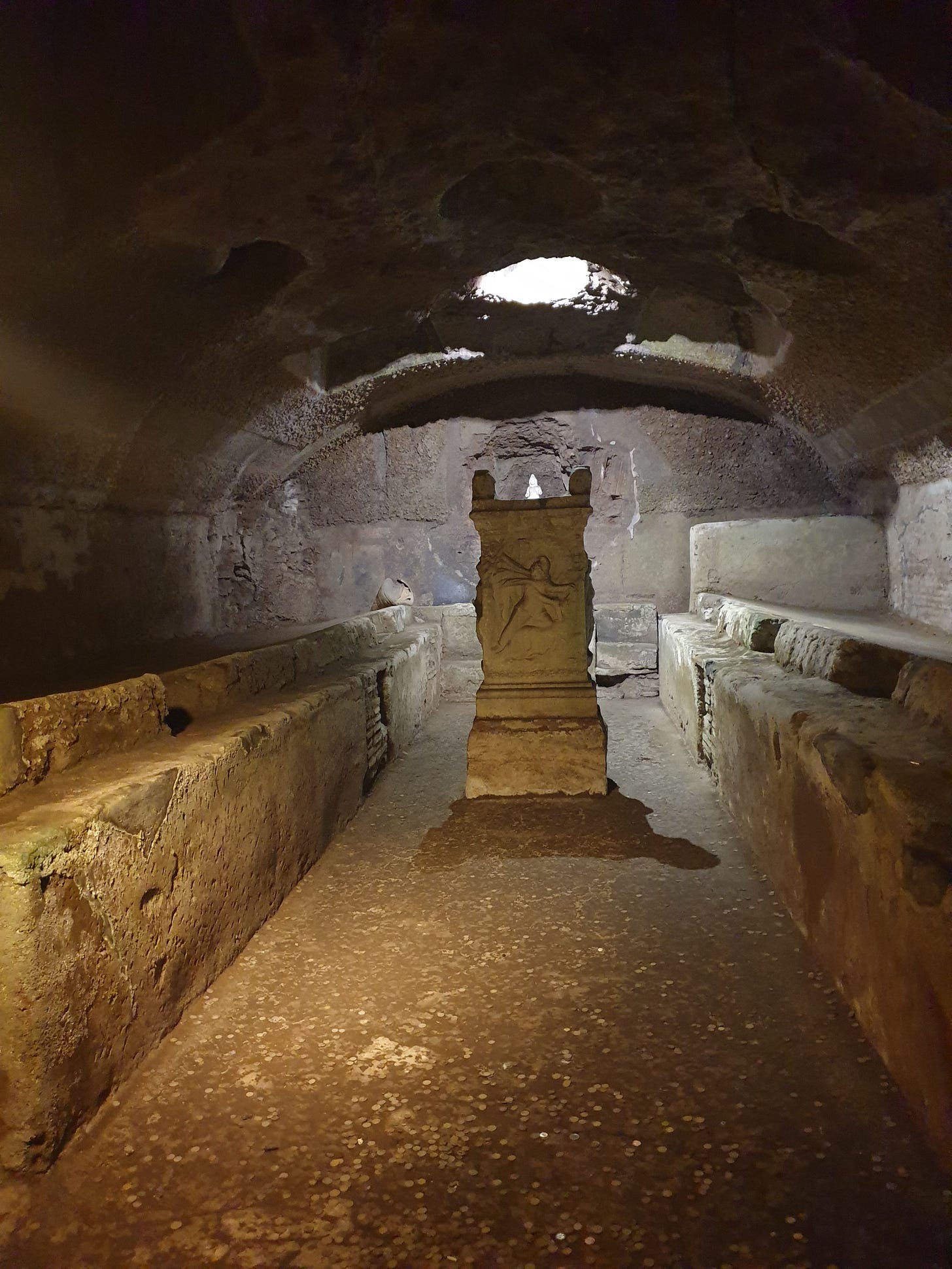
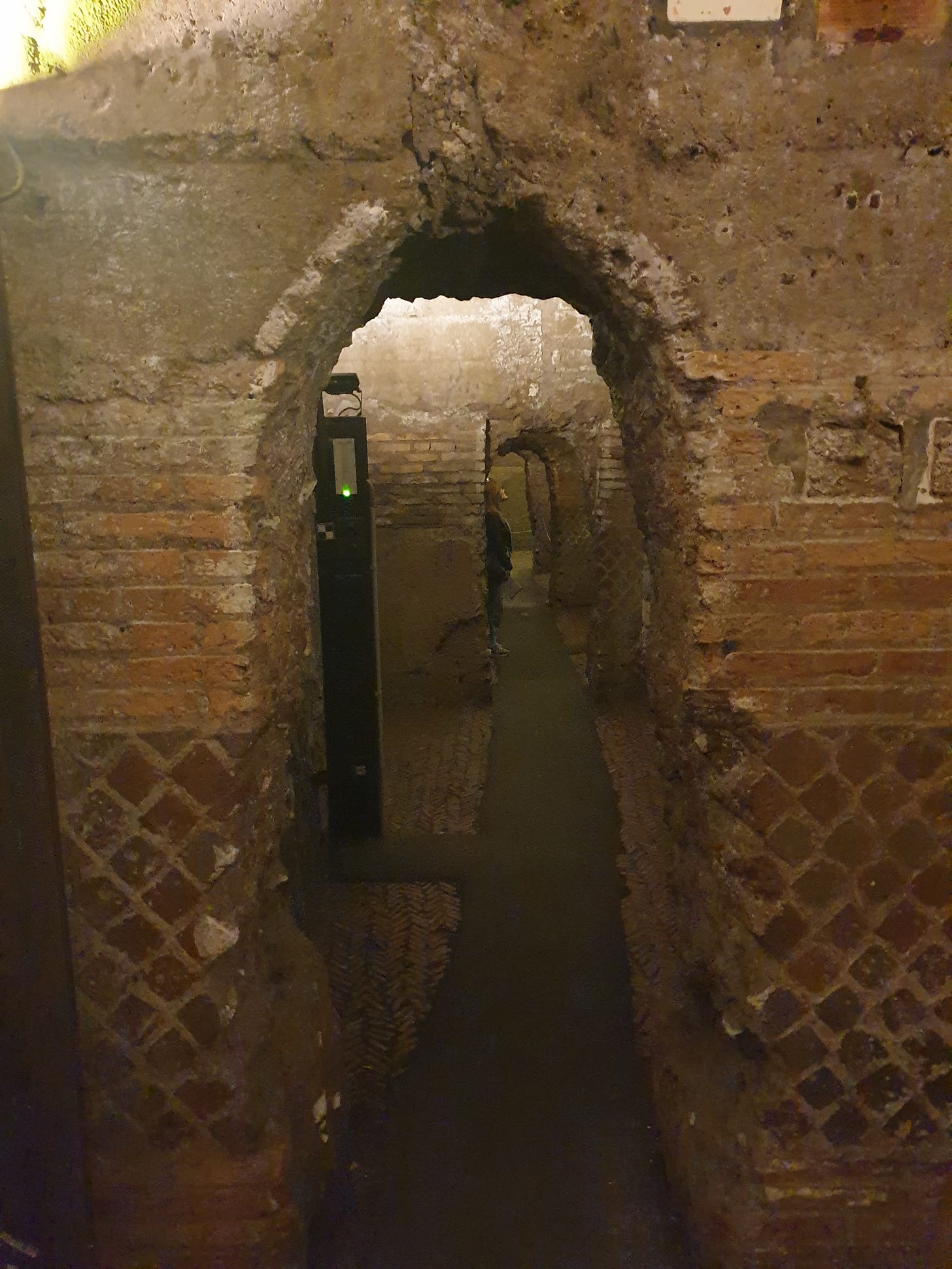
We must thank Rector Mullooly , the Irish Dominican who was responsible for the archeological digs back in 1850s that uncovered these 4 levels. He also played an important and secret part in Risorgimental history,,,it’s in the church archives there in San Clemente that the secret confidential letters came to light that led me to write “ The Irish and English in the Italian Risorgimento”, now also in Italian edition .
Every post you do goes into my saved file, so that I can explore the site the next time I have a chance. So enjoy what you do!